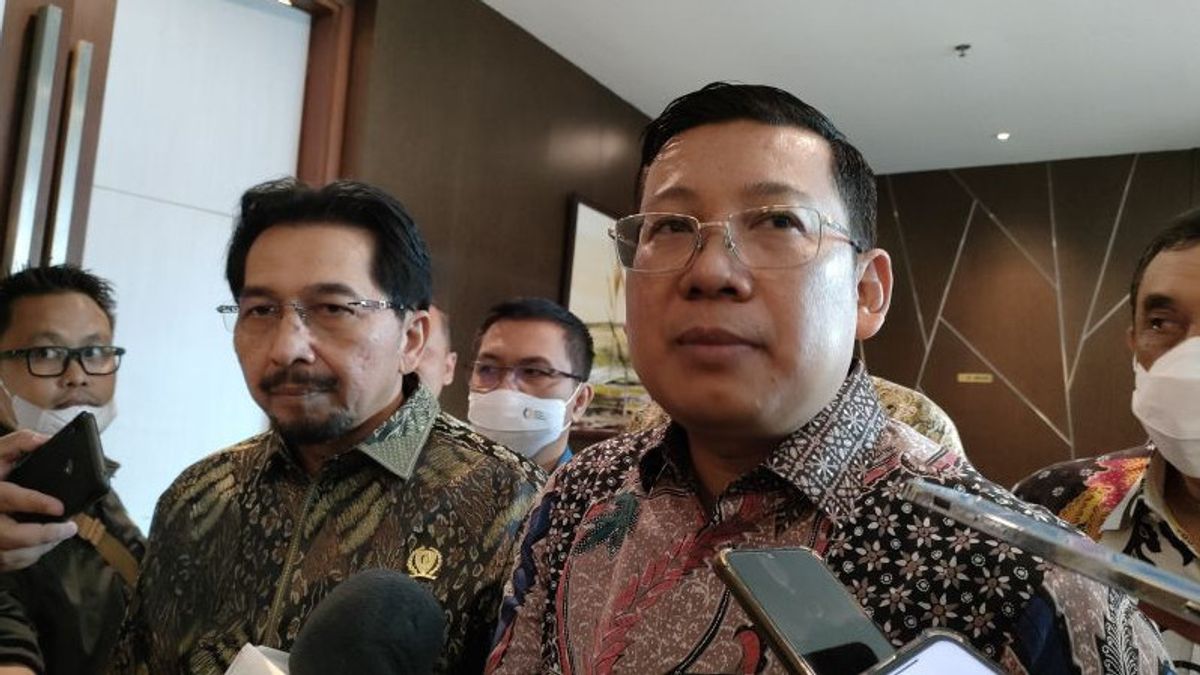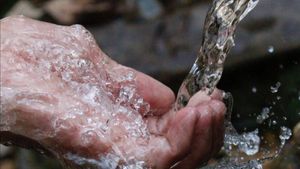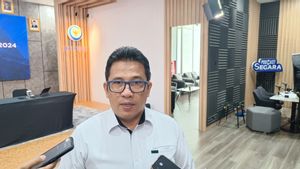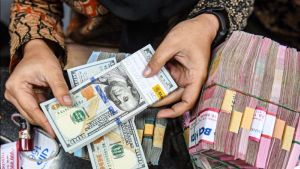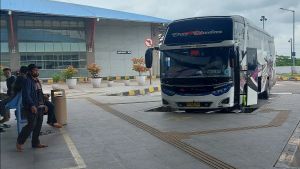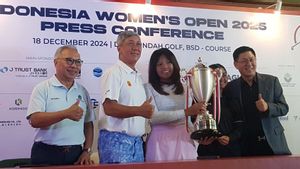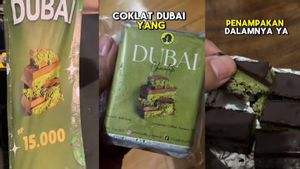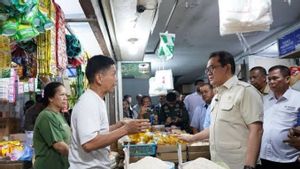JAKARTA - The National Food Agency (NFA) is committed to strengthening the national sugar industry by preparing national sugar governance through appropriate regulations.
To formulate this regulation, the NFA collaborated with state-owned enterprises and the private sector.
This was conveyed by the Deputy for Food Availability and Stabilization of NFA I Gusti Ketut Astawa, while attending the Plenary Meeting of the Indonesian Sugar Association (AGI).
According to Gusti, NFA is given the authority through Presidential Decree No. 66 of 2021, to formulate and determine policies, such as stabilizing food prices and distribution, determining the need for food exports and imports, the amount of government food reserves, and government purchase prices.
Furthermore, Ketut said, this authority is an entry point for the NFA to play an active role in reforming national sugar governance in line through a solid upstream-downstream integration pattern.
One of them is by formulating a policy for setting the reference price for sales and purchase prices (HAP) at the farmer level.
According to Ketut, a good selling price of sugar at the farm level can motivate farmers to continue growing sugar cane so that the supply of raw sugar cane is maintained.
“Currently, the main challenge for the national sugar industry is the limited raw material for sugar cane. Without an adequate supply of raw materials, factories cannot operate optimally, causing low productivity and inefficiency," he said in a written statement quoted on Thursday, August 4.
Currently, the purchase price of white crystal sugar at the farmer level is IDR 11,500 per kg, the determination is based on a joint decision by the NFA with the Ministry of Trade through Circular Letter No. 6 of 2022.
Meanwhile, the reference price for selling packaged sugar is IDR 13,500 per kg, and the reference price for selling packaged sugar in Eastern Indonesia is IDR 14,500 per kg.
In addition to setting the right regulations, according to Ketut, the improvement of national sugar governance will not run without the support and collaboration of various stakeholders, especially association groups.
"For sugar commodities, the Indonesian Sugar Association (AGI) is a strategic partner in providing policy inputs related to national sugar," he said.
He hopes that AGI and NFA can collaborate to become a liaison between stakeholders to formulate solutions for the improvement of the national sugar industry, from the formulation of reference prices to on-farm and off-farm improvements.
Encourage BUMN and Private CollaborationMeanwhile, Head of NFA Arief Prasetyo Adi, in Jakarta, said the role of associations in national sugar governance is very important.
He advised that associations could also encourage collaboration between state-owned and private sugar factories (PG).
“Currently is the era of collaboration, not competition, the impact of which often kills one party. Collaboration between BUMN and private PG is very important, especially in the midst of the shortage of raw sugar cane that is still happening. It's time for all of us hand in hand to synergize with each other," he said.
Arief explained that BUMN and private PGs can collaborate with each other, especially in encouraging the expansion of new sugarcane fields as well as growing public interest in growing sugarcane.
NFA is ready to support the required regulatory instruments, so that we can both save and strengthen the national sugar industry.
Based on AGI data, currently there are 30 sugar factories in East Java operating with a total capacity of 143,350 tons of cane per day (TCD).
Consisting of 7 PTPN PGs, 4 PGs belonging to ID FOOD, and 4 private PGs. This number is the highest among other provinces.
Arief said his party also supports the synergy in strengthening the sugar industry initiated by the Ministry of SOEs through the Makmur program.
For the East Java region itself, sugar cane harvesting and planting programs for the Prosperous Farmers have been carried out on the Demonstration Plot (Demplot) demonstration plot, on July 28, 2020, in Malang.
The pilot program as a result of the synergy between ID FOOD Food Holding and Pupuk Indonesia Holding Company succeeded in producing 160-165 tons of sugar cane per hectare.
In the East Java region, the Makmur program for sugar cane has produced a harvest of 286,338 tons in the 2021/2022 Planting Season (MT).
Meanwhile, in MT 2022/2023, there has been an expansion of planting an area of 5,700 hectares, with 1,140 sugarcane farmers managed by members of the ID Food holding.
"The strengthening of national sugar governance is in line with the direction of the President of the Republic of Indonesia Joko Widodo, to properly prepare the national sugar needs and reduce sugar imports in the next 5 years as an effort to achieve sugar self-sufficiency," he explained.
Based on NFA data, the current total national sugar demand is 7.3 million tons per year, of which more than 4 million tons are still supplied from abroad.
The need for sugar consumption of 3.2 million tons a year can only be met by 2.2 million tons from domestic production.
The English, Chinese, Japanese, Arabic, and French versions are automatically generated by the AI. So there may still be inaccuracies in translating, please always see Indonesian as our main language. (system supported by DigitalSiber.id)
